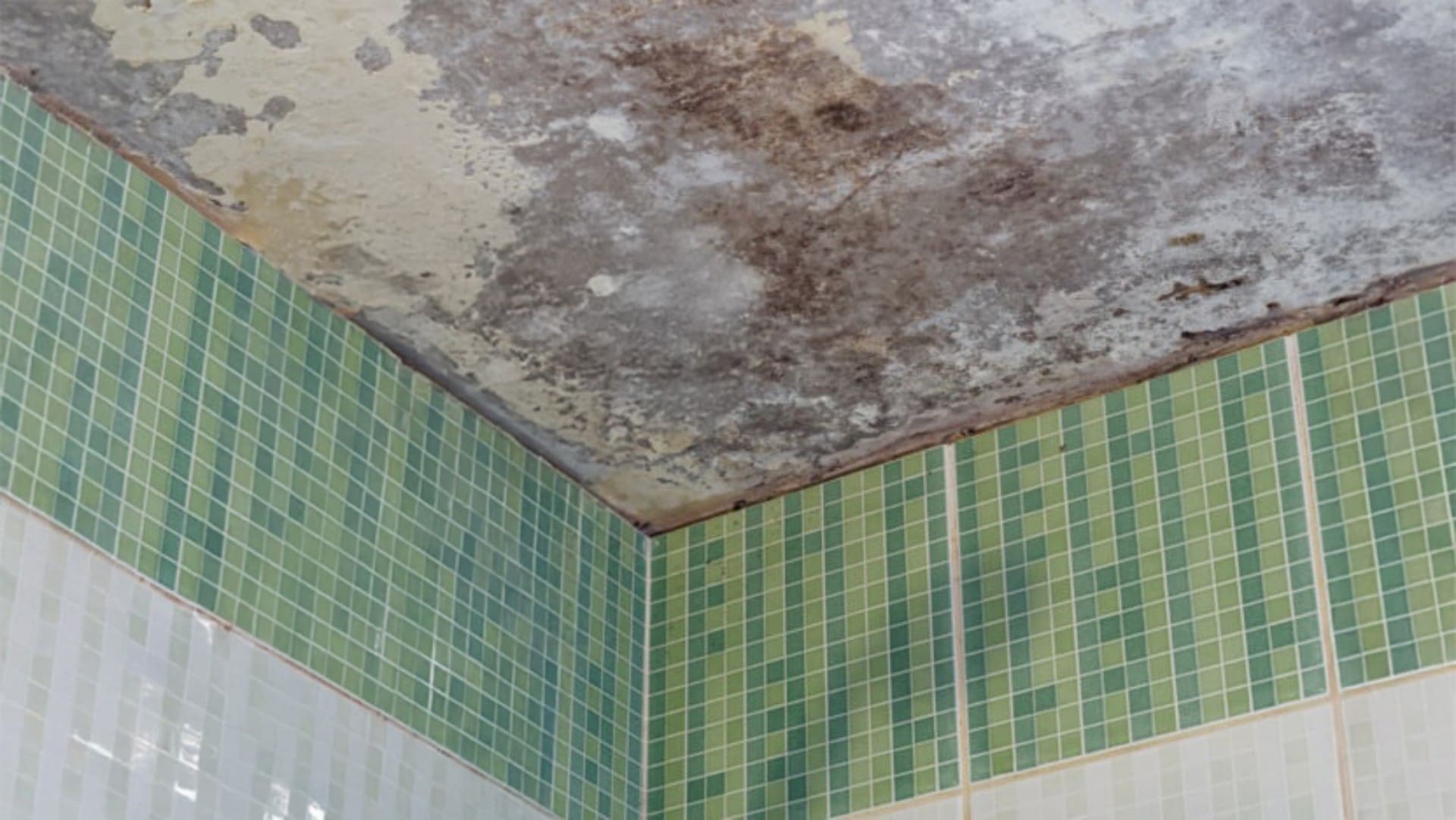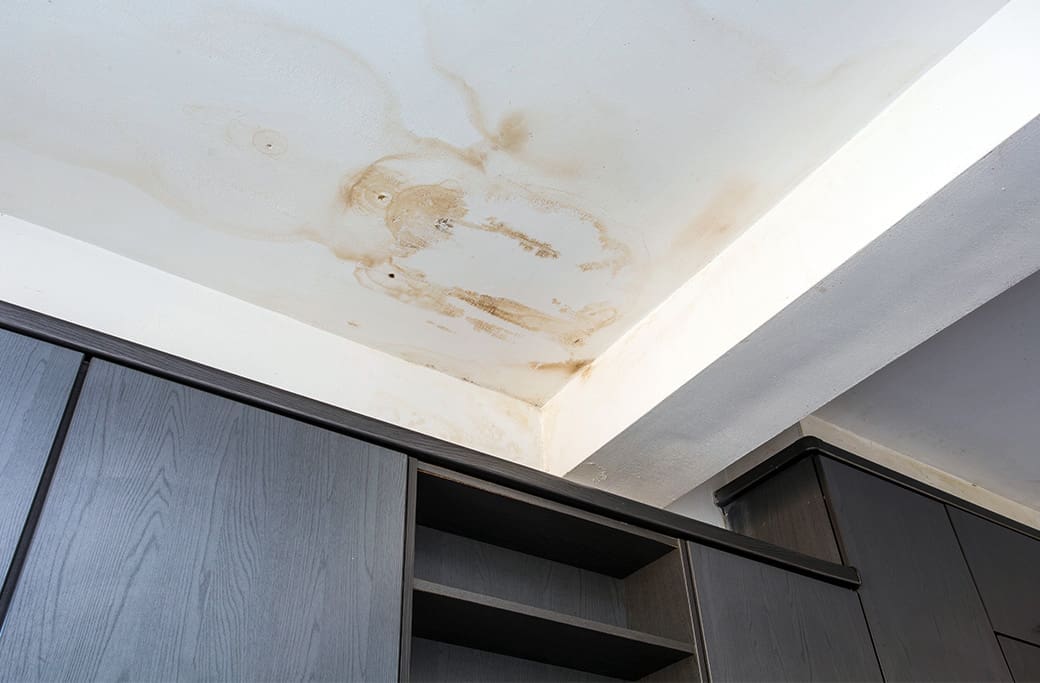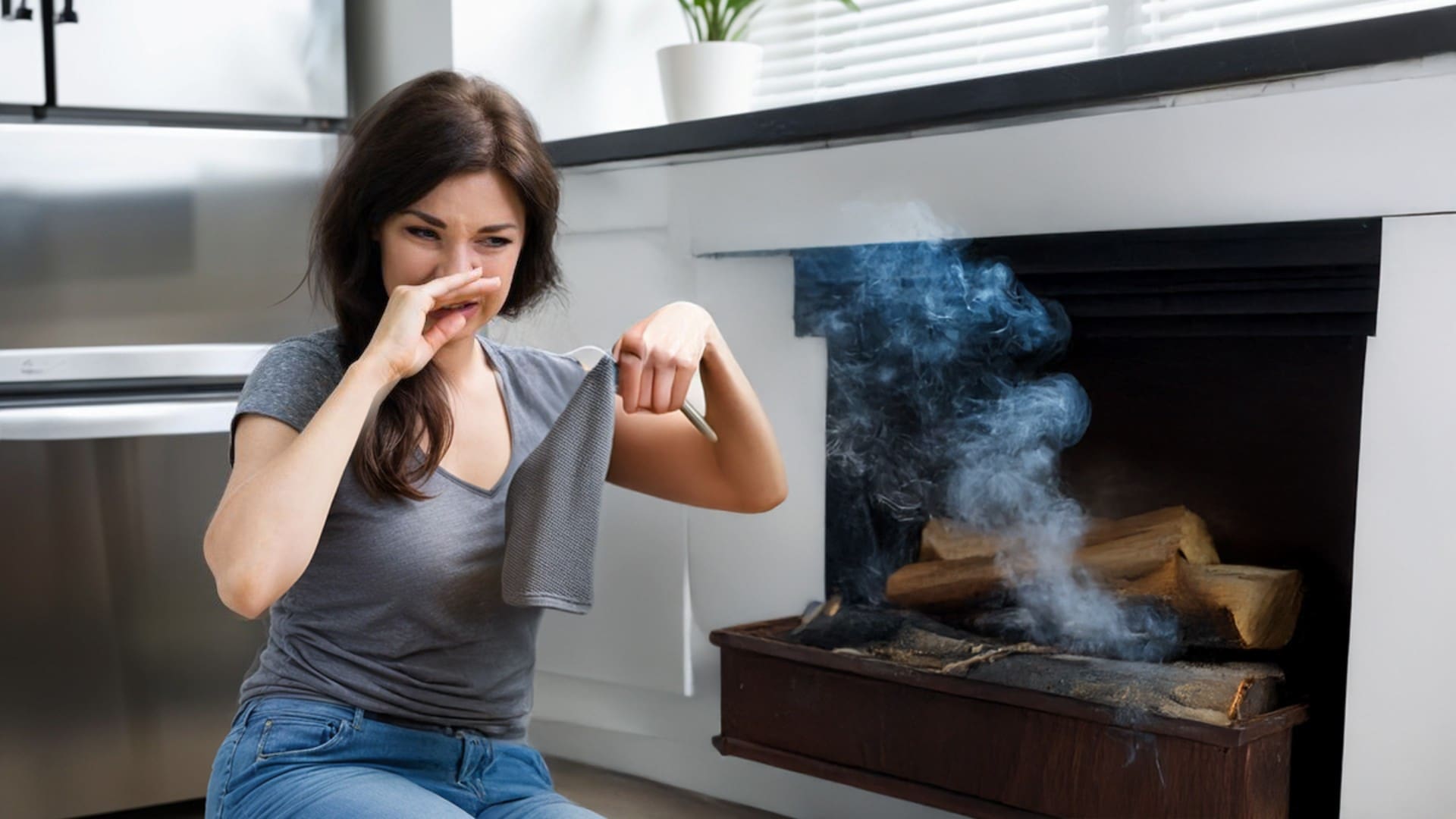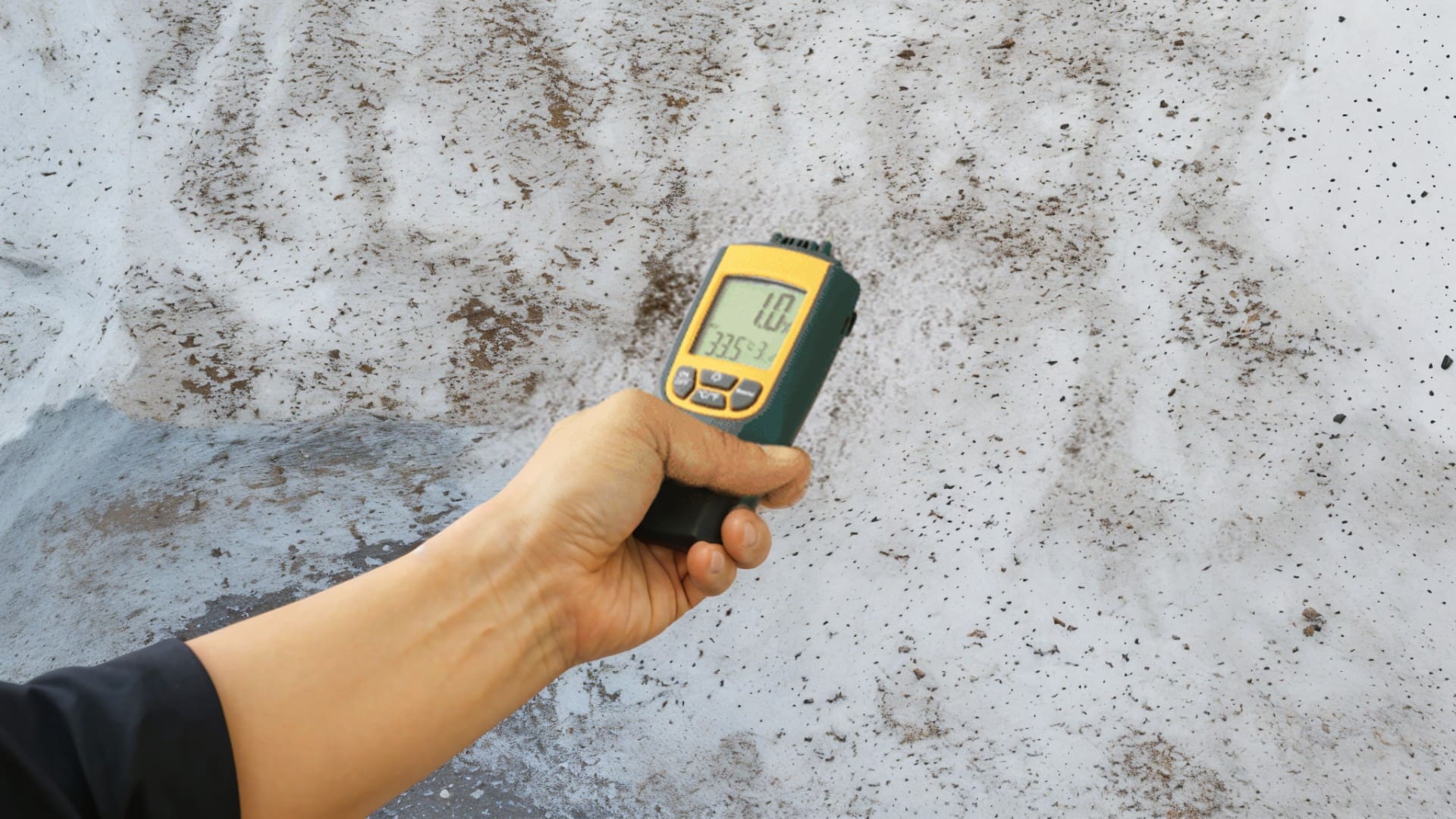
Discovering black mold on your ceiling is never a welcome sight. It’s more than just an eyesore — it’s a potential health hazard and a sign that there may be a larger moisture problem in your home. Whether it’s spreading across bathroom ceilings, growing above your kitchen, or creeping into your attic, black mold requires immediate attention.
In this guide, we’ll walk you through everything you need to know about black mold on ceilings — why it happens, how to remove it, and when to call professionals like STOP Restoration, a premier water damage and mold remediation company trusted across the country.
What is Black Mold and Why Is It Dangerous?
Black mold, scientifically known as Stachybotrys chartarum, is a toxic mold species that thrives in damp, humid environments. While not all black-colored mold is toxic, S. chartarum is known to produce mycotoxins, which can pose serious health risks.
Health Concerns
Exposure to black mold spores can cause:
- Respiratory issues (coughing, wheezing, asthma flare-ups)
- Headaches and fatigue
- Skin and eye irritation
- In severe cases, chronic sinus infections or neurological problems
Infants, elderly individuals, and those with pre-existing respiratory conditions are especially vulnerable.
What Causes Black Mold on Ceilings?
Understanding the root cause is key to effective removal and long-term prevention. Here are the most common reasons black mold appears on ceilings:
- Leaky Roofs: Rainwater or snowmelt leaking through the roof can soak ceiling insulation and drywall.
- High Humidity: Bathrooms without proper ventilation are notorious for developing ceiling mold due to trapped steam.
- Condensation: Poor insulation and cold surfaces can cause condensation buildup, especially in attic ceilings.
- Plumbing Leaks: Leaky pipes hidden in ceiling voids may go unnoticed until mold appears.
Step-by-Step: How to Remove Black Mold from Your Ceiling
Safety First
Before you start cleaning, protect yourself:
- Wear gloves, safety goggles, and an N95 respirator mask.
- Ensure the room is well-ventilated.
- Seal off other areas to prevent spore spread.
1. Identify the Source of Moisture
Mold remediation without addressing the moisture source is only a temporary fix. Locate and fix the leak or humidity issue first. This could involve patching a roof, replacing damaged pipes, or installing a bathroom exhaust fan.
2. Prepare Your Cleaning Solution
You can use:
- Commercial mold removers (EPA-registered)
- DIY solution: Mix 1 cup of bleach with 1 gallon of water. Never mix bleach with ammonia or other cleaners — this produces toxic fumes.
For non-bleach options, vinegar and baking soda mixtures can be mildly effective on small patches.
3. Scrub the Mold
- Use a sponge or brush to apply the solution to the affected area.
- Scrub thoroughly, removing all visible mold.
- Let the solution sit for 10–15 minutes.
- Wipe clean with water and dry the area completely.
4. Replace Damaged Ceiling Materials
If the mold has deeply penetrated drywall or plaster, cleaning may not be enough. In such cases:
- Remove and discard damaged ceiling panels or tiles.
- Replace with mold-resistant drywall or ceiling panels.
5. Apply Mold-Resistant Paint or Sealer
Once dry, apply a mold-resistant primer or paint to prevent recurrence. These coatings help seal porous materials and inhibit spore growth.
When to Call in the Professionals
While minor mold infestations (under 10 square feet) may be manageable for homeowners, larger or recurring problems require expert attention.
Signs You Need Professional Help:
- The mold covers a large area.
- It returns despite cleaning.
- The source of moisture is hidden or unresolved.
- You experience health symptoms when near the mold.
Why Choose STOP Restoration?
STOP Restoration (Service Team of Professionals) is a leading name in mold remediation, water damage restoration, and property cleanup. With decades of experience and certified technicians, they specialize in safely and thoroughly eliminating black mold — especially in hard-to-reach places like ceilings and attics.
Here’s what sets STOP Restoration apart:
- Comprehensive Moisture Detection: They use advanced infrared and moisture meters to detect hidden leaks.
- Safe Containment & Removal: They follow strict protocols to isolate mold, protect your home, and safely remove contaminated materials.
- Licensed & Certified: STOP Restoration teams are IICRC-certified and trained in the latest mold remediation techniques.
- Rebuild Services: After mold removal, they can fully restore and rebuild your ceiling to pre-damage condition.
Whether you’re dealing with black mold after a storm, plumbing issue, or hidden attic leak, STOP Restoration provides fast, reliable, and trustworthy solutions. Their goal is not just to remove mold, but to restore your peace of mind.
Tips to Prevent Black Mold on Ceilings
Prevention is always easier and cheaper than remediation. Here’s how to keep mold from returning:
- Fix leaks quickly: Repair roof and pipe leaks at the first sign.
- Improve ventilation: Install fans in bathrooms and kitchens.
- Control humidity: Use a dehumidifier in damp spaces.
- Insulate well: Proper insulation prevents condensation.
- Clean regularly: Especially in high-moisture areas.
Final Thoughts
Black mold on your ceiling should never be ignored. While small spots might be safely removed with DIY efforts, extensive infestations pose serious health and structural risks. If you’re unsure about the extent of the damage, or if mold keeps coming back, it’s time to call the experts.
STOP Restoration is ready to help you reclaim a safe, healthy home — with proven mold removal and water damage restoration services backed by industry-leading expertise.
Don’t wait for mold to spread — act now and protect your home and your family.
FAQ
1. What causes black mold to grow on my ceiling?
Answer:
Black mold typically grows on ceilings due to excess moisture caused by roof leaks, high humidity, condensation, or plumbing issues above the ceiling. Bathrooms, kitchens, and poorly ventilated attics are especially prone to mold growth.
2. Is black mold on the ceiling dangerous to my health?
Answer:
Yes. Black mold (Stachybotrys chartarum) can release toxic spores that cause respiratory problems, headaches, allergic reactions, and skin irritation. It is particularly hazardous for children, the elderly, and individuals with weakened immune systems.
3. Can I remove black mold from the ceiling myself?
Answer:
Small patches (under 10 square feet) may be removed using mold cleaners, bleach, or vinegar, with proper safety precautions. However, for large areas or recurring growth, it’s best to contact professionals like STOP Restoration to ensure safe and thorough removal.
4. What should I do first if I find black mold on my ceiling?
Answer:
First, avoid disturbing the mold to prevent spore spread. Identify and stop the source of moisture — whether a leak or humidity problem — and consult a professional mold remediation service such as STOP Restoration to assess the situation.
5. How do professionals like STOP Restoration remove ceiling mold?
Answer:
STOP Restoration uses certified mold remediation techniques, including containment barriers, HEPA filtration, moisture detection tools, and safe removal of contaminated materials. They also disinfect affected areas and restore any damaged ceiling structures.
6. How much does it cost to remove black mold from a ceiling?
Answer:
Costs vary depending on the extent of the damage, accessibility, and materials affected. Minor jobs may cost a few hundred dollars, while extensive mold remediation can cost thousands. STOP Restoration offers detailed estimates and insurance coordination.
7. How long does mold removal take?
Answer:
For small-scale mold growth, removal may take one day. Larger or hidden infestations could require several days. STOP Restoration provides a clear timeline after inspection, including drying, cleaning, and restoration phases.
8. Can mold grow back after removal?
Answer:
Yes — if the underlying moisture issue isn’t fixed, mold can return. That’s why STOP Restoration not only removes mold but also addresses water damage and recommends long-term moisture control solutions to prevent recurrence.
9. Will my homeowner’s insurance cover mold remediation?
Answer:
It depends on the policy and the source of the moisture. Sudden events like pipe bursts are often covered, while long-term leaks or poor maintenance may not be. STOP Restoration works with most insurers to help streamline claims and documentation.
10. How can I prevent black mold from growing on my ceiling in the future?
Answer:
To prevent mold:
- Fix leaks promptly
- Ventilate bathrooms and kitchens
- Use dehumidifiers in humid areas
- Insulate to prevent condensation
- Schedule regular inspections
STOP Restoration can also install moisture control systems and offer mold-resistant materials during restoration.




